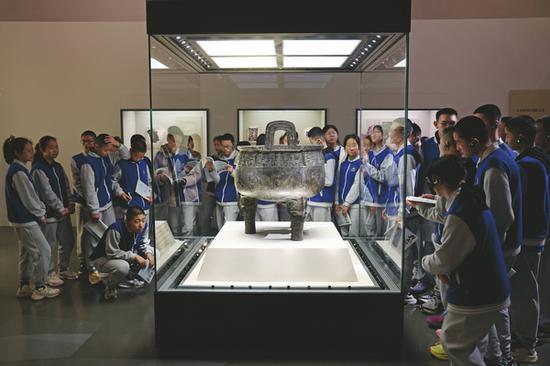
Middle school students from Beijing visited the National Museum of China on Dec 3. The museum has seen a rise in student visits and the sale of cultural products in recent years. (WANG JING/CHINA DAILY)
As of Nov 28, the National Museum of China has amassed 6.3 million visitor reservations, with over 20,000 visitors daily, representing a 10 percent increase from the previous year.
"Interesting cultural and creative products can attract more people to museums. When people see our crown magnets online, they want to see the artifact and learn about its story," says Liao.
In addition to offering 3,000 crown magnets daily in a special section of the museum hall, the museum also sells limited quantities online. Each day, there are 1,000 metal items and 500 wooden items available on their online Tmall and JD flagship stores.
Due to high demand, Liao explains that the factory now operates at full capacity. The production line for wooden items has grown from 10 workers to over 40 and the line for metal items has expanded from 15 workers to 65.
Having worked in the museum for two decades, Liao says he has witnessed great changes in the development of museums' cultural and creative products.
In the early 2000s, museums in China replicated their relics. In 2012, they began learning about displaying original relics from their international counterparts, such as the Louvre in France, the British Museum in Britain and the Metropolitan Museum of Art in the United States.
"Now, cultural and creative products from our domestic museums surpass those from abroad in variety and quantity. With the continuous development of our manufacturing industry and advancements in technology, I believe this will greatly enhance the designs of the products," Liao says, adding that many product molds are made using 3D printing technology, which wasn't available five years ago.










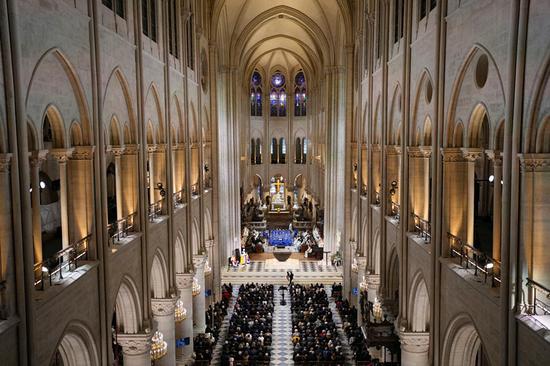



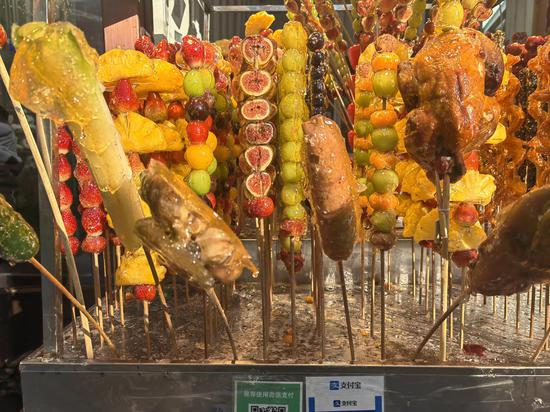


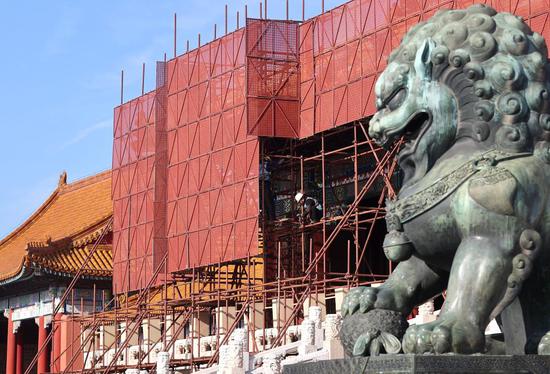
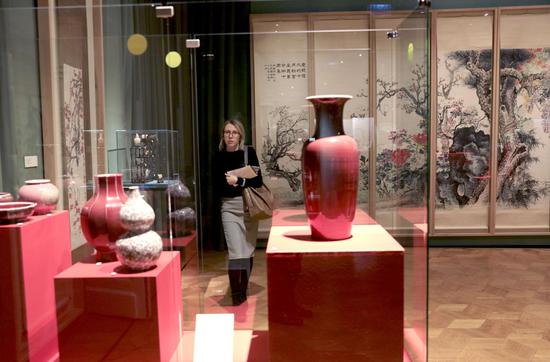




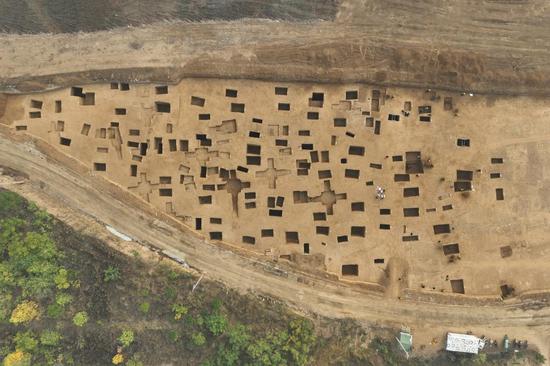
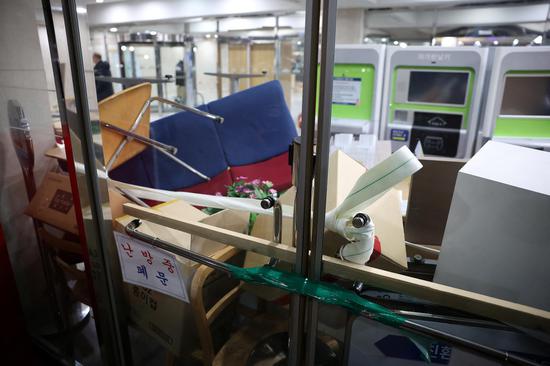
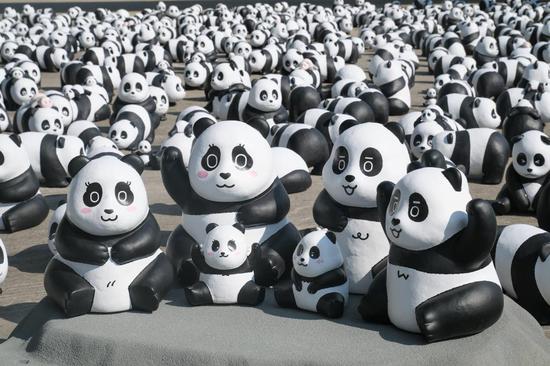
























 京公网安备 11010202009201号
京公网安备 11010202009201号